


Results indicate that the innate immune response remains activated even with immunosuppressant use, paving the way for new therapies to prevent organ rejection.

Nanoparticle-reinforced wrappers can be filled with various formulations of the granular products needed for crops, a versatility that facilitates application by agribusiness.
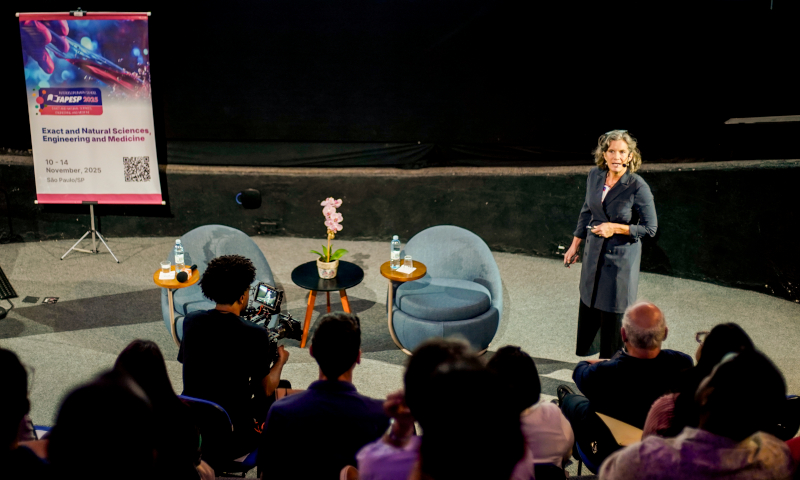
Conservation of natural areas should be a major factor in preventing new pandemics, said Felicia Keesing of Bard College during the first day of the FAPESP Interdisciplinary School.

Researchers from the Amazon+10 Initiative begin presenting their initial findings in the social, environmental, and economic areas.
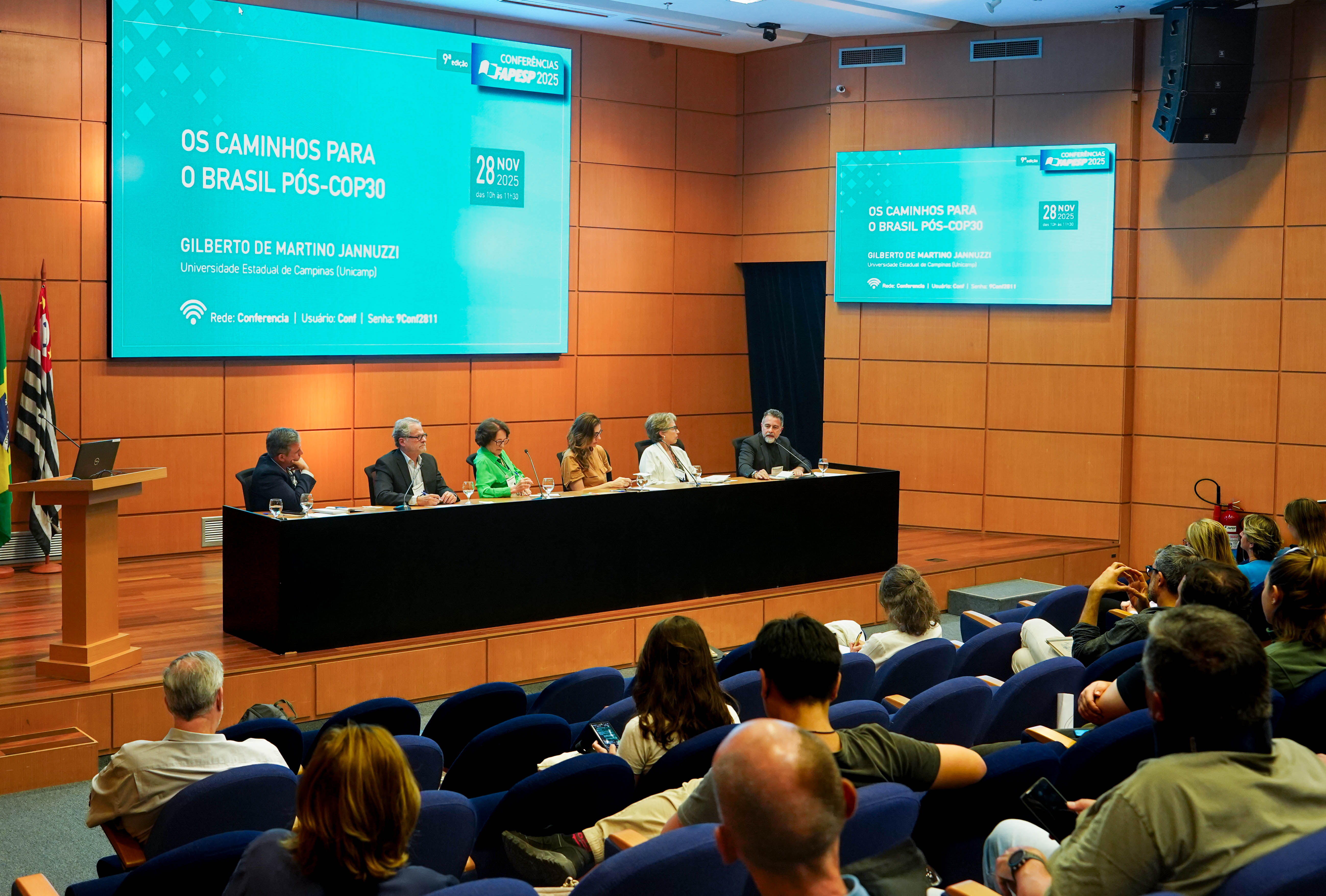
São Paulo needs to drive the process of gradually replacing fossil fuels with renewable energy sources in Brazil, said Gilberto Jannuzzi at a conference organized by FAPESP to discuss the path forward for the country after COP30.

According to a study by the University of São Paulo, the effects are intensified when the molecule is applied in conjunction with fluoride and xylitol.

Test results in two days. A study supported by FAPESP contributes to improving disease monitoring, but the high cost remains a barrier.

The parasitic mites were found on juvenile arachnids in the Butantan Institute collection. The larvae of Araneothrombium brasiliensis were collected in Rio de Janeiro. Previously, the genus had only one known species in Costa Rica.

Brazilian technology from Nanox is recognized for its solution to reduce food loss and waste. The Center for Development of Functional Materials is a FAPESP Research, Innovation, and Dissemination Center based at UFSCar.

The study also assessed the risks of consuming cocoa and cassava grown in Linhares, a municipality in an area affected by the Fundão dam collapse in Minas Gerais, Brazil, ten years ago.

The study also assessed the risks of consuming cocoa and cassava grown in Linhares, a municipality in an area affected by the Fundão dam collapse in Minas Gerais, Brazil, ten years ago.
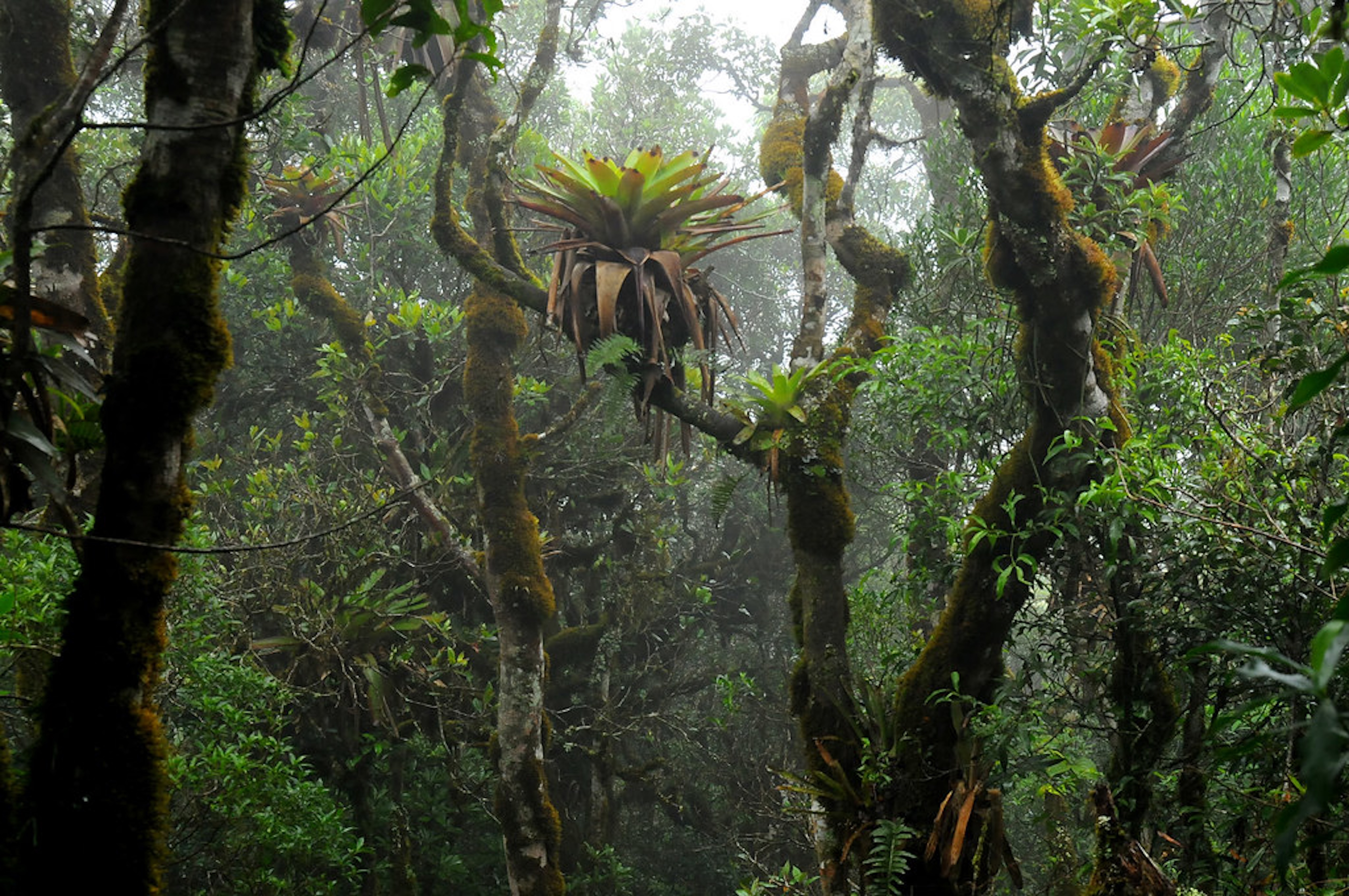
Water accumulated in the tanks of these plants living high up in trees has much higher concentrations of nitrogen, phosphorus, calcium, potassium, magnesium, sulfur, and iron than rainwater. Plants irrigated with this nutrient-rich water produced almost twice as many leaves.

Water accumulated in the tanks of these plants living high up in trees has much higher concentrations of nitrogen, phosphorus, calcium, potassium, magnesium, sulfur, and iron than rainwater. Plants irrigated with this nutrient-rich water produced almost twice as many leaves.

A comprehensive analysis conducted in 2019 detected the accumulation of 13 heavy metals and other toxic substances, advising against consumption due to risks to human health.

A comprehensive analysis conducted in 2019 detected the accumulation of 13 heavy metals and other toxic substances, advising against consumption due to risks to human health.

A study by the Federal University of São Paulo describes how SARS-CoV-2 interacts with the RNA of infected lung cells in an unprecedented way. The results may guide the search for new treatments and vaccines.

A study by the Federal University of São Paulo describes how SARS-CoV-2 interacts with the RNA of infected lung cells in an unprecedented way. The results may guide the search for new treatments and vaccines.
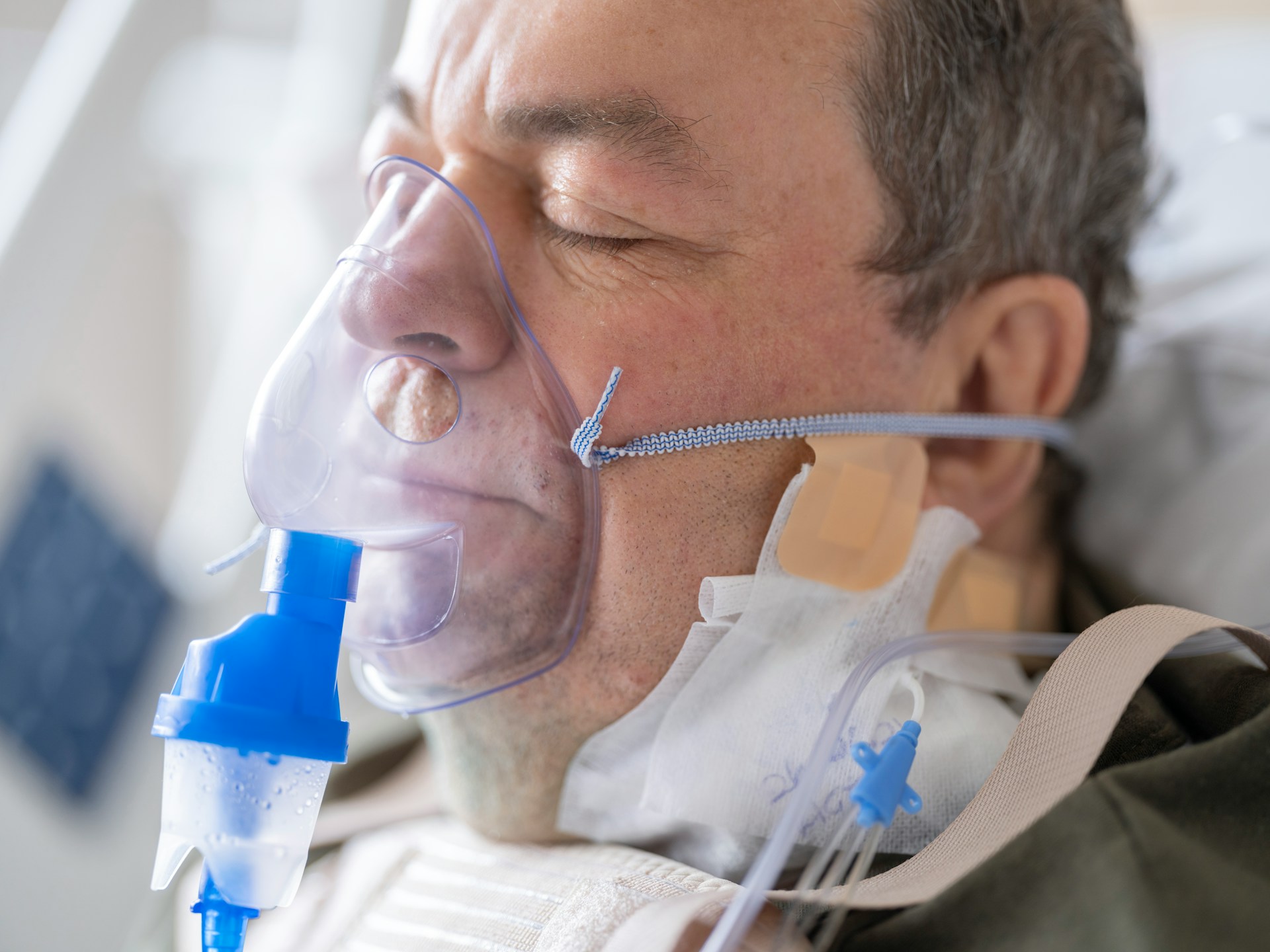
A study of nearly 900 adults indicates that although smoking is still the main risk factor for lung function loss, systemic inflammation and obesity also increase the risk of developing chronic obstructive pulmonary disease.

A study of nearly 900 adults indicates that although smoking is still the main risk factor for lung function loss, systemic inflammation and obesity also increase the risk of developing chronic obstructive pulmonary disease.

After analyzing over 1,400 cases of squamous cell carcinoma of the head and neck, the study found that more aggressive histopathological variants occur at a rate of 4.6%. Previous estimates pointed to a rate of up to 15%.

After analyzing over 1,400 cases of squamous cell carcinoma of the head and neck, the study found that more aggressive histopathological variants occur at a rate of 4.6%. Previous estimates pointed to a rate of up to 15%.
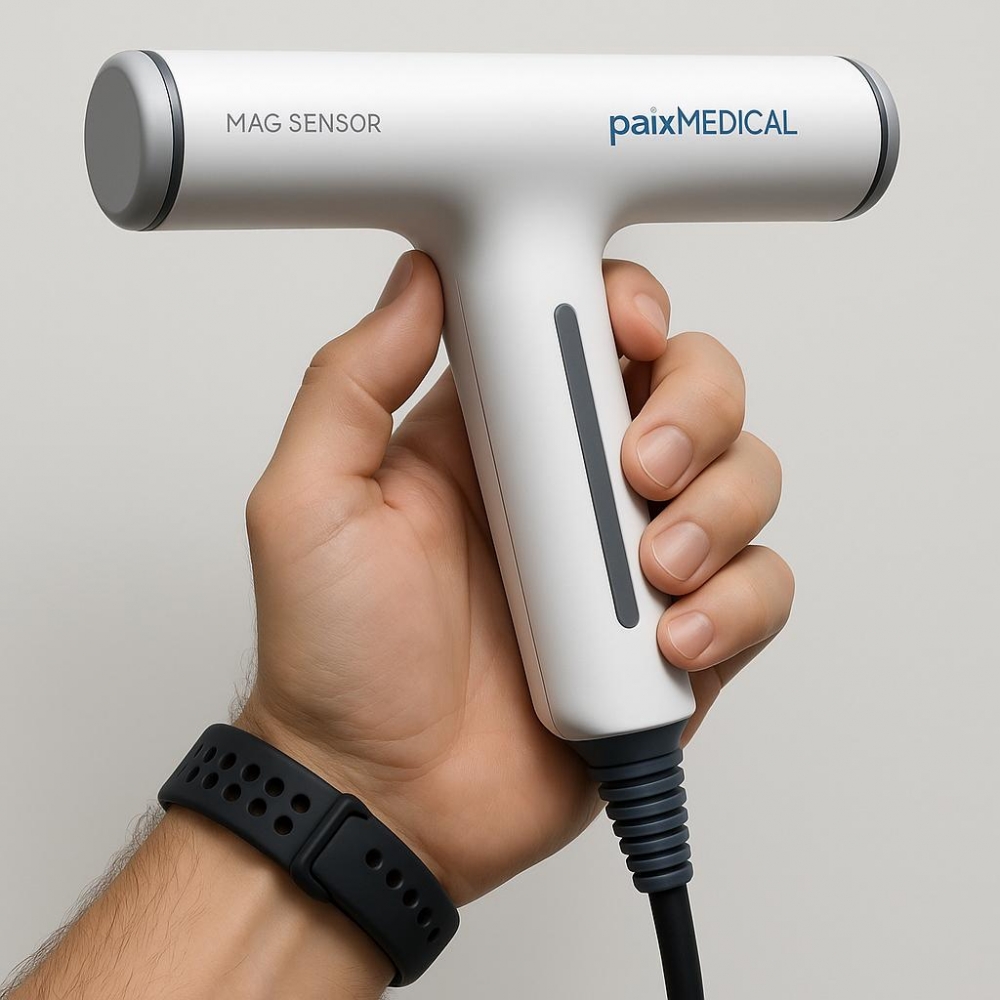
FAPESP-supported startup develops unprecedented technology to democratize digestive system exams with a simple, fast, and accessible procedure.

FAPESP-supported startup develops unprecedented technology to democratize digestive system exams with a simple, fast, and accessible procedure.
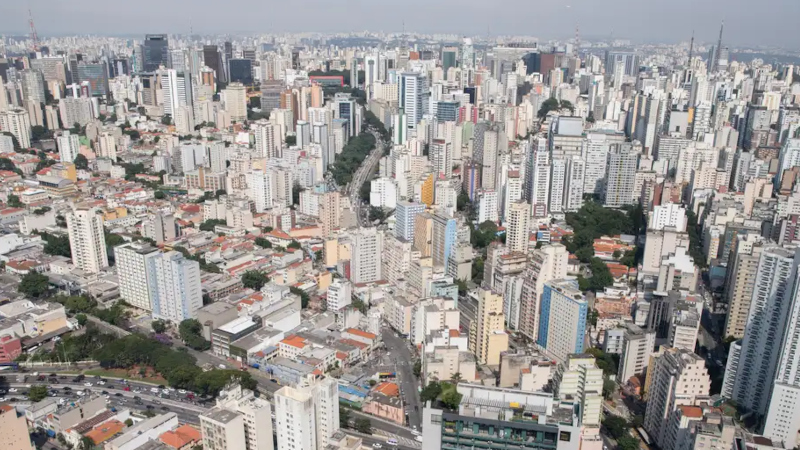
According to a study by a FAPESP-supported research center, which includes federal funds, towns and villages benefit the most in per capita terms.

A study conducted at São Paulo State University indicates that the non-invasive technique provides lasting benefits by reducing the risk of falls.